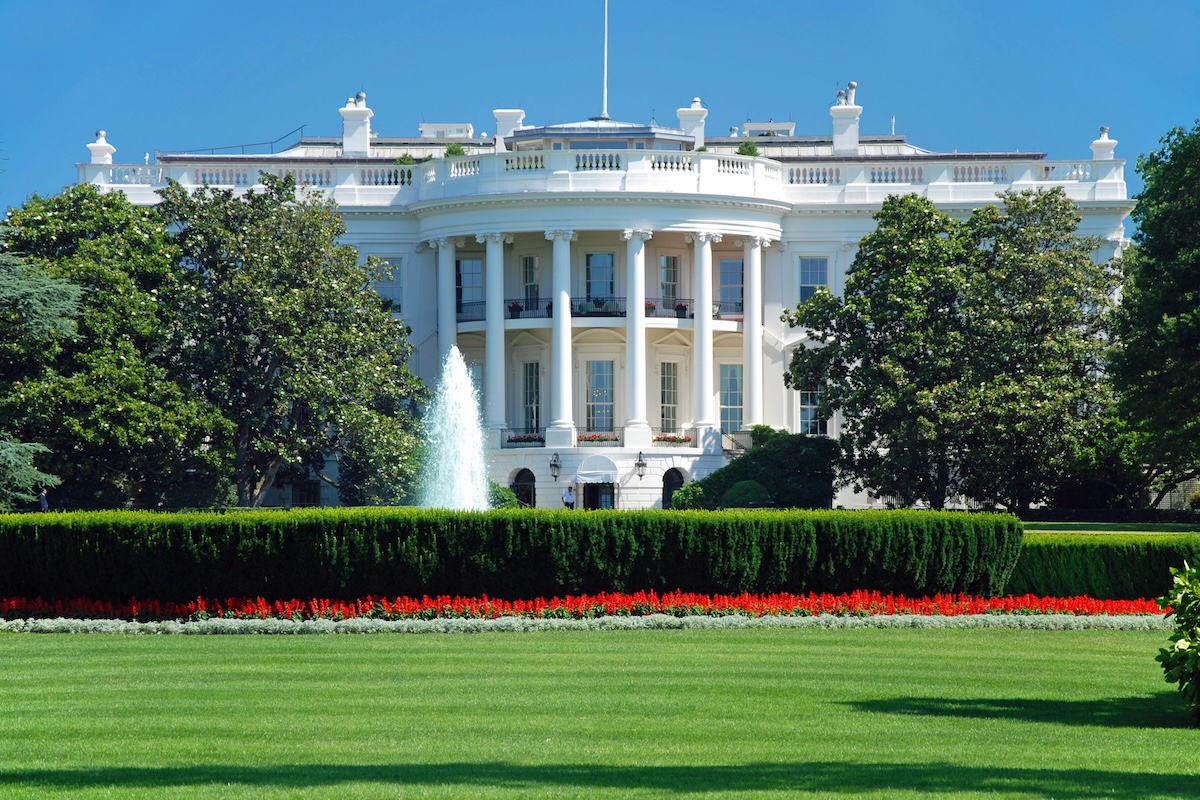10 Least Expensive Colleges In 2024


Where can you find the least expensive colleges in 2024? With college tuition consistently rising, finding the cheapest colleges can be tough.
It’s no secret that the cost of higher education has increased dramatically over the past several years and decades.
Even considering inflation, the average cost of college tuition increased by more than four times between 1985 and 2019.
So if you are looking at college (or a parent of someone who is), you are probably looking for ways to save money. Thankfully, finding a less-expensive college is possible – there are good deals to be had no matter what you’re interested in studying.
We’ve broken down what you need to be looking for, and then a short list of the least expensive colleges we’ve found.
Most people assume that the cost of attending college has risen over time, but unless you look closely, you might not realize just how expensive it is today.
Here’s a look at the cost of tuition and room and board for a four-year public university over the past three decades, as compiled by The College Board:
As you can see, the cost of tuition and room and board nearly doubled during the past 30 years. If you look at tuition and fees alone, we’ve seen nearly a 2.5x increase at four-year universities (from $4,870 to $10,940).
And just in the last year it’s risen another 2.1%!
Related: College Savings Statistics
Many reports only look at the cost of tuition at various colleges and universities. But tuition is only one part of the equation. For an accurate calculation, you need to account for various other expenses as well. This can include room and board, living expenses like food and transportation, mandatory fees, books, etc.
Regardless of the costs, going to college can be worth the investment. It is true that both bachelor’s degree graduates as well as those that graduate with a higher degree will earn more on average over their lifetimes than someone with just a high school diploma. Still, a lot of that depends on what field you’re looking at going into and your own specific personal and financial situation.
Another consideration is that even though college graduates might make more money over their lifetimes, that comes with a cost, and money spent now is worth more than money you might make over the next 30 or 40 years. It’s best to calculate your own expected ROI for college to decide if college is right for you.
Finding cheap colleges and universities isn’t as easy as you might think. Many public schools have lower tuition rates for residents of their state, since state taxpayers help to fund the university. Other schools may offer different tuition rates for certain demographics.
As one example, Brigham Young University, a private university run by the Church of Jesus Christ of Latter-Day Saints, offers lower tuition for church members, since the donations of church members help to pay university expenses in a similar manner.
Second, many communities colleges offer free tuition for in-state students.
Also, just because a school’s tuition costs are high doesn’t mean that your out-of-pocket costs will be high. Many expensive schools offer significant financial aid, in the form of grants, scholarships or access to student loans. By working with the financial aid offices of the schools you are considering, you can get a better understanding of what the true cost of college would be for you.
Just like our list of the most expensive colleges, here is a list of some of the least expensive colleges in the U.S. In contrast with that list (where the “cheapest” college starts at $65,870 per year in tuition), this list starts at $8,790 for the most expensive college, and only gets cheaper!
And remember, these are ranked by out-of-state tuition costs. In-state tuition costs are likely much lower! It’s a good reminder why most people shouldn’t apply for an out-of-state college.
The following colleges were ranked by U.S. News and World Report based on 2023-24 annual tuition for out-of-state students:
Tuition: $8,790
Bismarck State College is located in North Dakota, and is part of the North Dakota state college system. It currently has about 3,700 students.
Tuition: $8,700
Minot State University is also located in North Dakota, and is the third largest college in the state. It currently has about 2,800 students enrolled.
Tuition: $8,605
Delta State University is located in Mississippi, and has a large focus on both education and aviation. It currently has about 2,500 students.
Tuition: $8,549
Alcorn State University is a designated Historically Black College located in Mississippi. it currently has about 2,900 students enrolled.
Tuition: $8,532
Western Carolina University is a part of the North Carolina University system. It is one of the larger colleges on this list, currently have a student enrollment of almost 12,000.
Tuition: $8,426
Oklahoma Panhandle State University is aptly-named because it’s located on the Oklahoma panhandle. It currently has around 1,700 students.
Tuition: $8,092
The Mississippi University For Women was founded back in 1884, but has been co-educational since 1982. It’s located in Mississippi and currently has around 2,300 students.
Tuition: $7,932
Wayne State College is located in Nebraska and is part of the Nebraska state college system. The school currently has about 4,200 students enrolled.
Tuition: $7,519
Louisiana State University Shreveport is part of the LSU system. It originally began as a 2-year commuter college, but now is a full university. It currently has about 8,500 students.
Tuition: $6,262
Fayetteville State University is another North Carolina school that is currently the cheapest college in America for out-of-state tuition. This college is another Historically Black College And University (HBCU) and currently has about 6,700 students.
Finding (and attending) one of these schools can help you avoid getting into significant student loan debt and achieve a higher ROI on your college investment. The total 4-year costs of these colleges is below average and can set you up for a positive lifetime of earnings.
Earning a college degree can lead to a boost in your expected lifetime earnings, but it doesn’t come for free. There are a number of ways to keep your college expenses down, but one of the most important is choosing a school with a low tuition. When considering a school, look at their posted tuition rates but also reach out to the financial aid office to see what your overall college costs might be. This will help you make an informed decision.

If merely the thought of opening your banking app makes you nervous, you’re not alone. Especially if you’re currently living...

Simi Nwogugu has dedicated her leadership to empowering Africa’s youth — especially girls — to build the futures they deserve....

Students and parents are juggling rising college costs, legal uncertainty, and new signals from the federal government — all at...